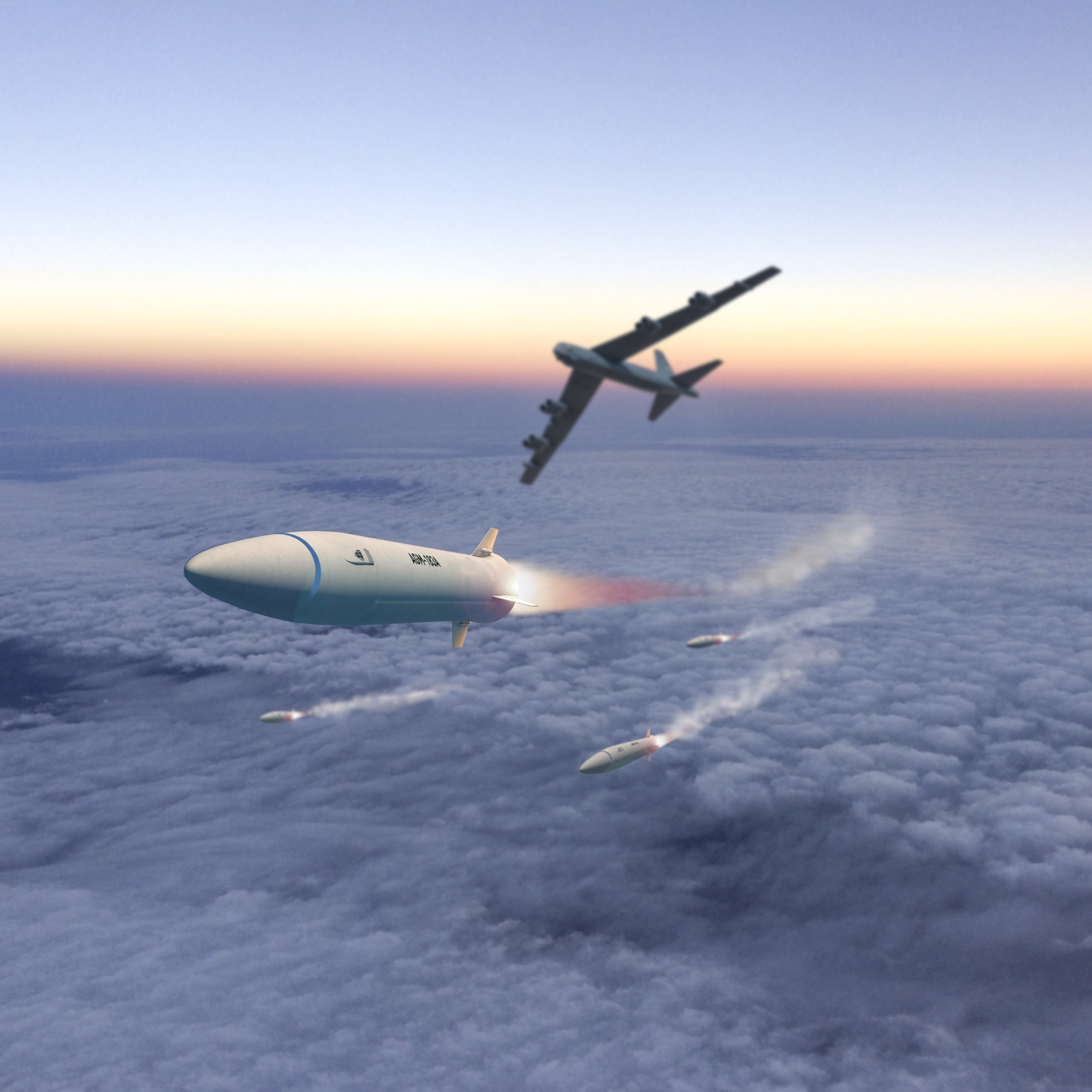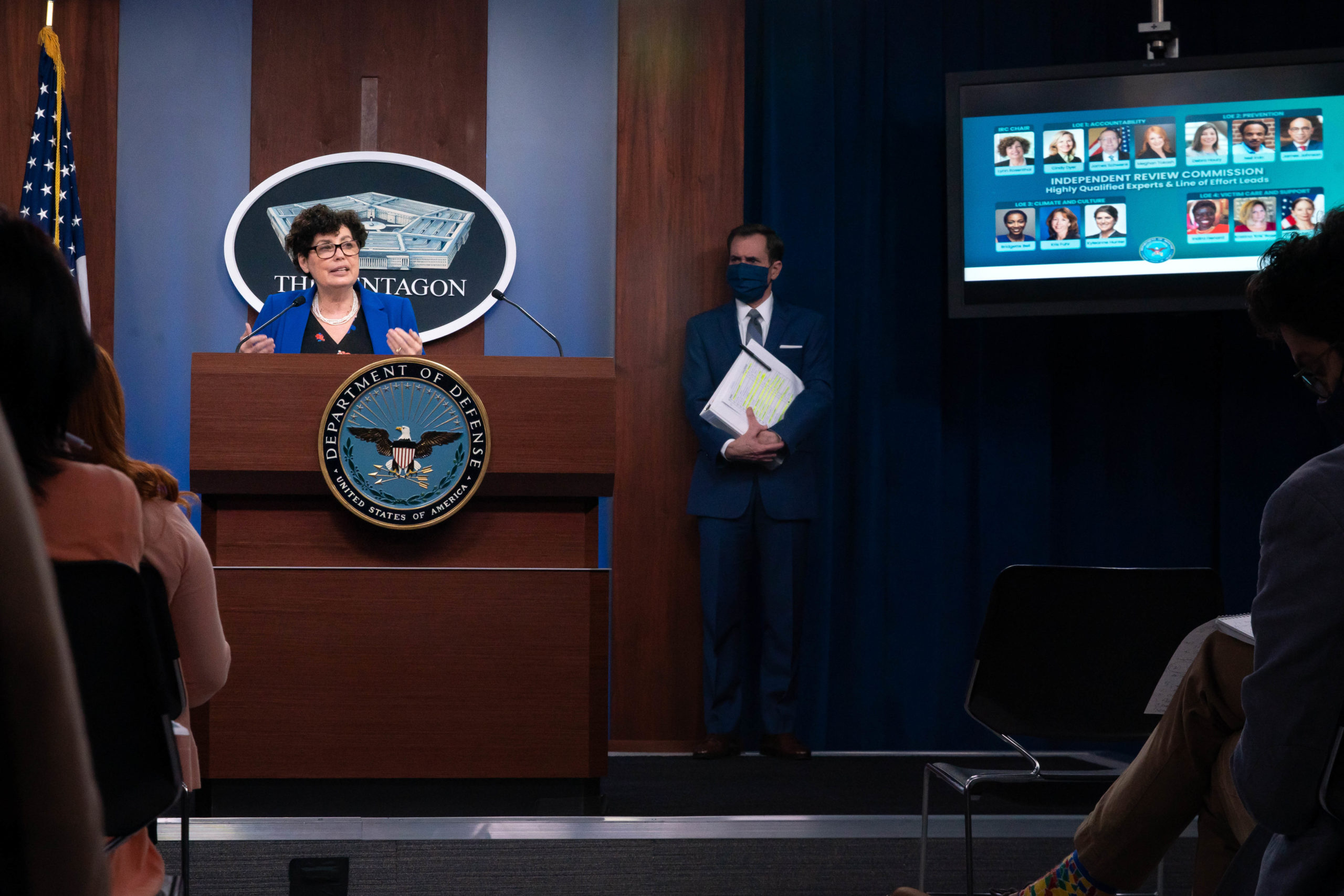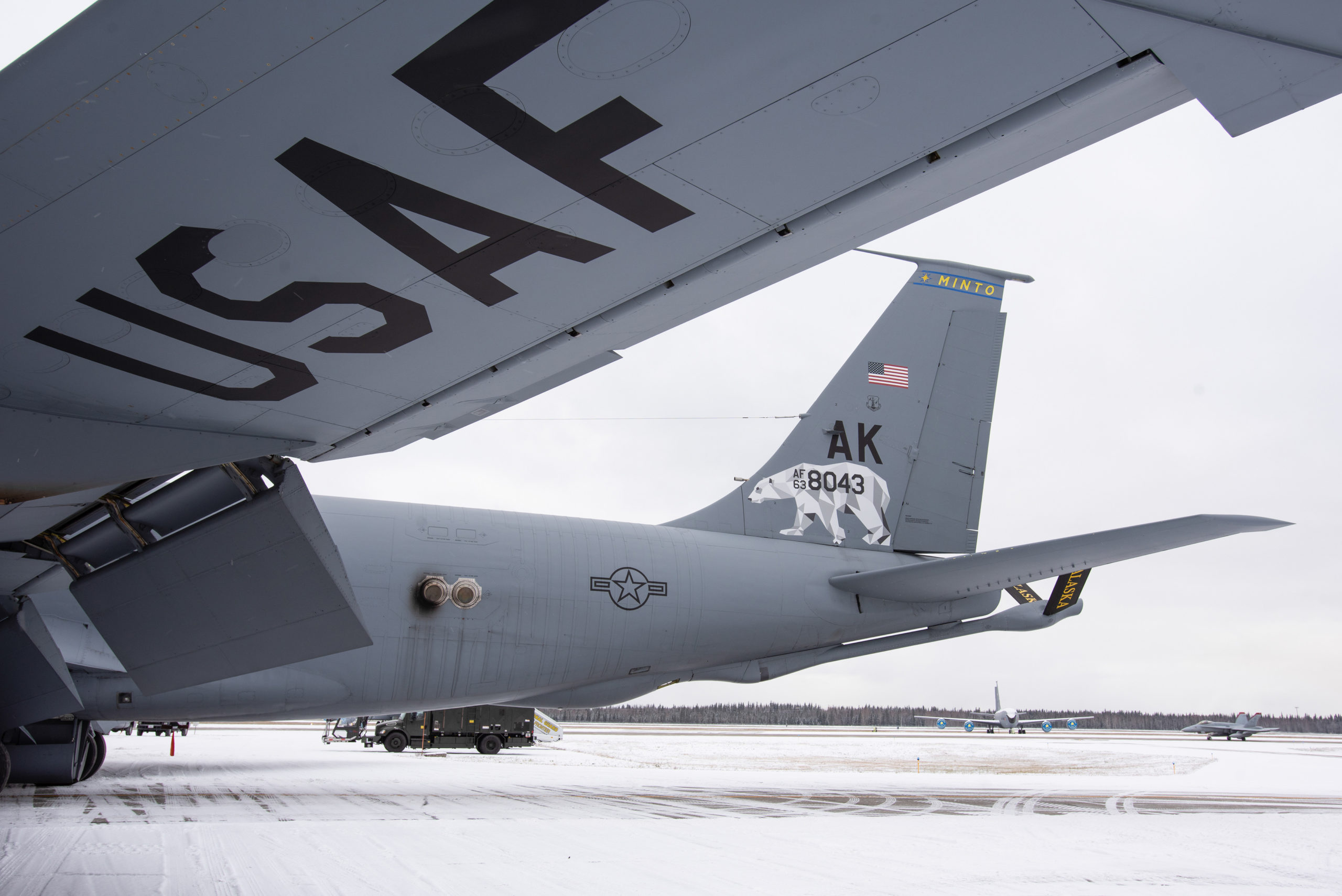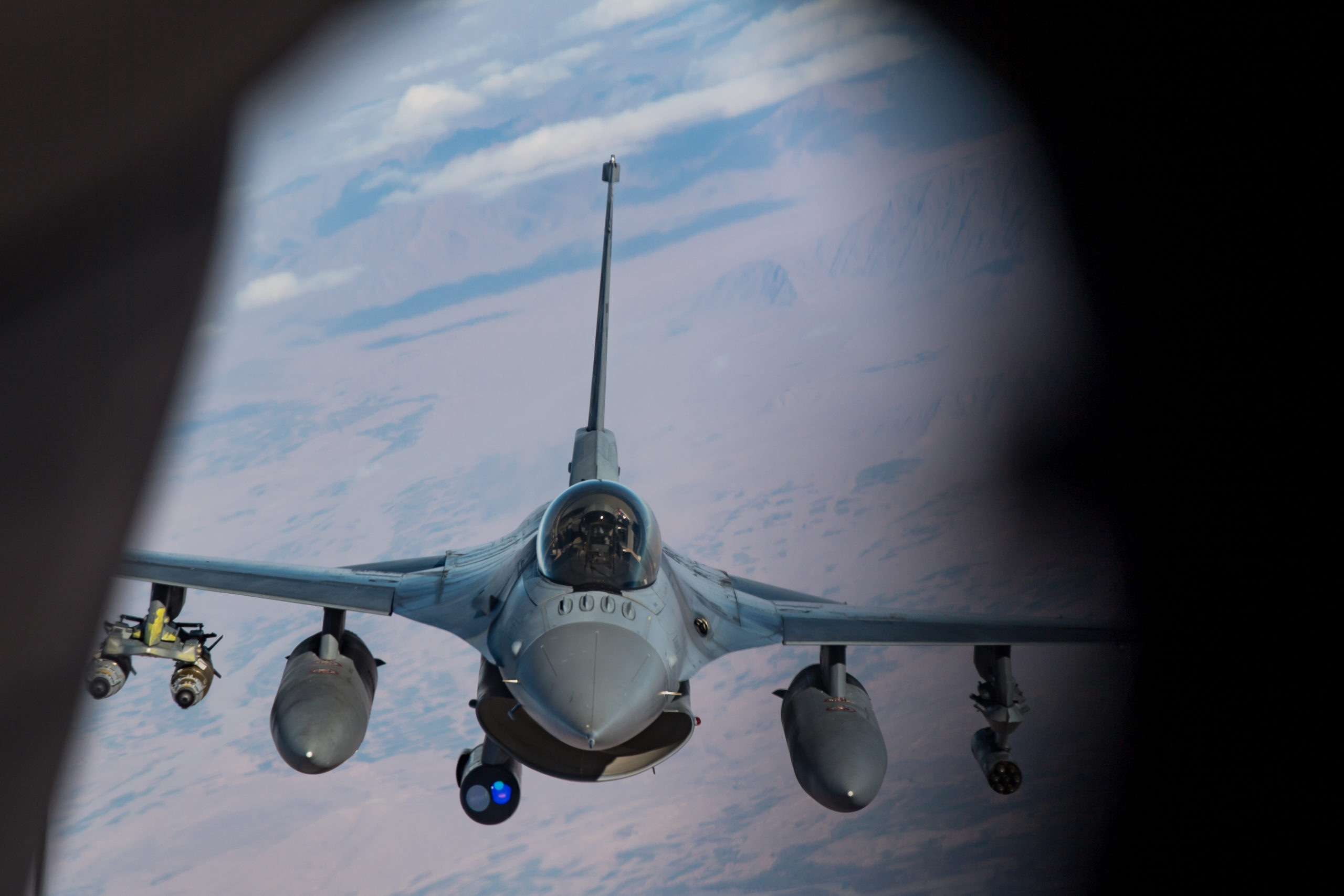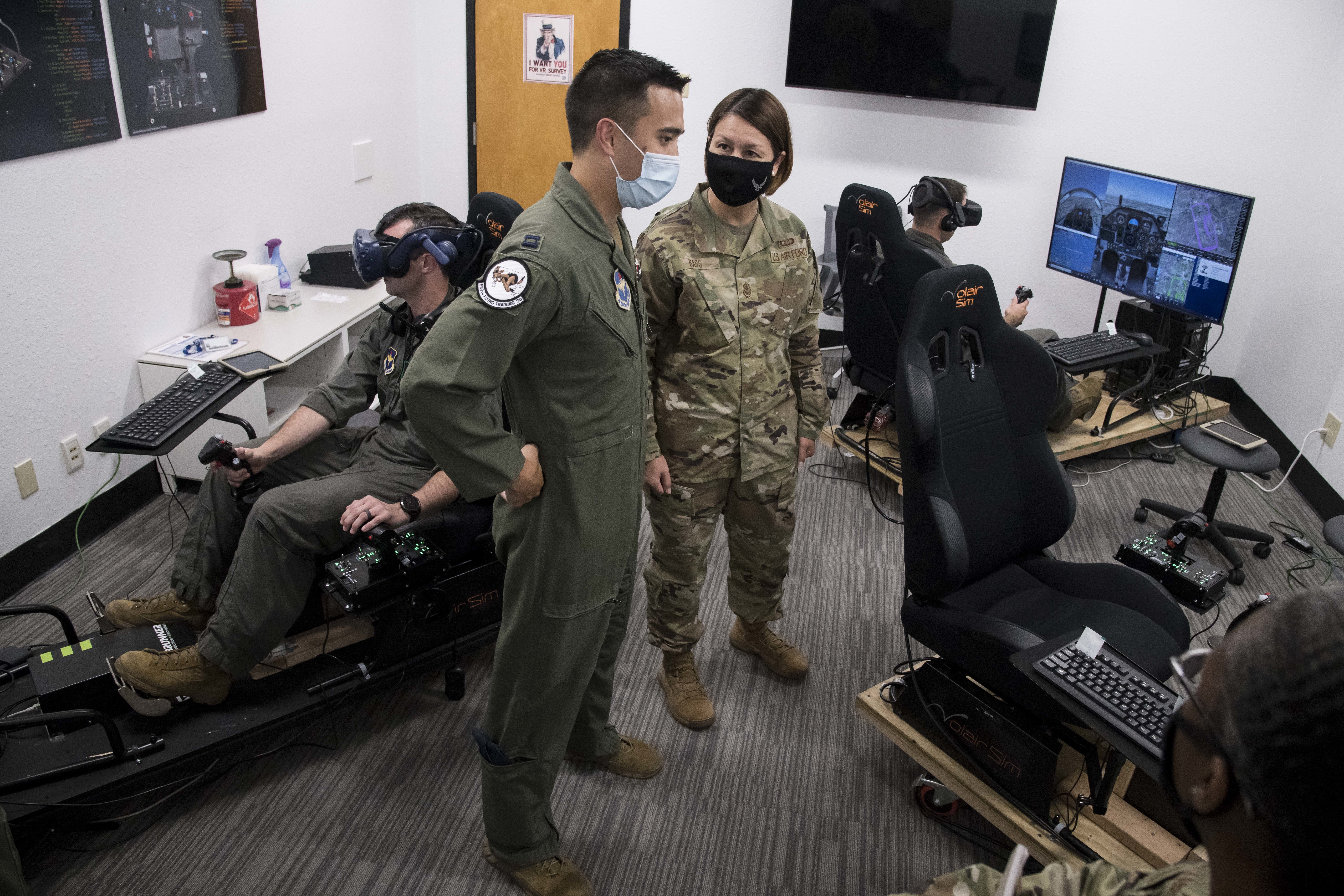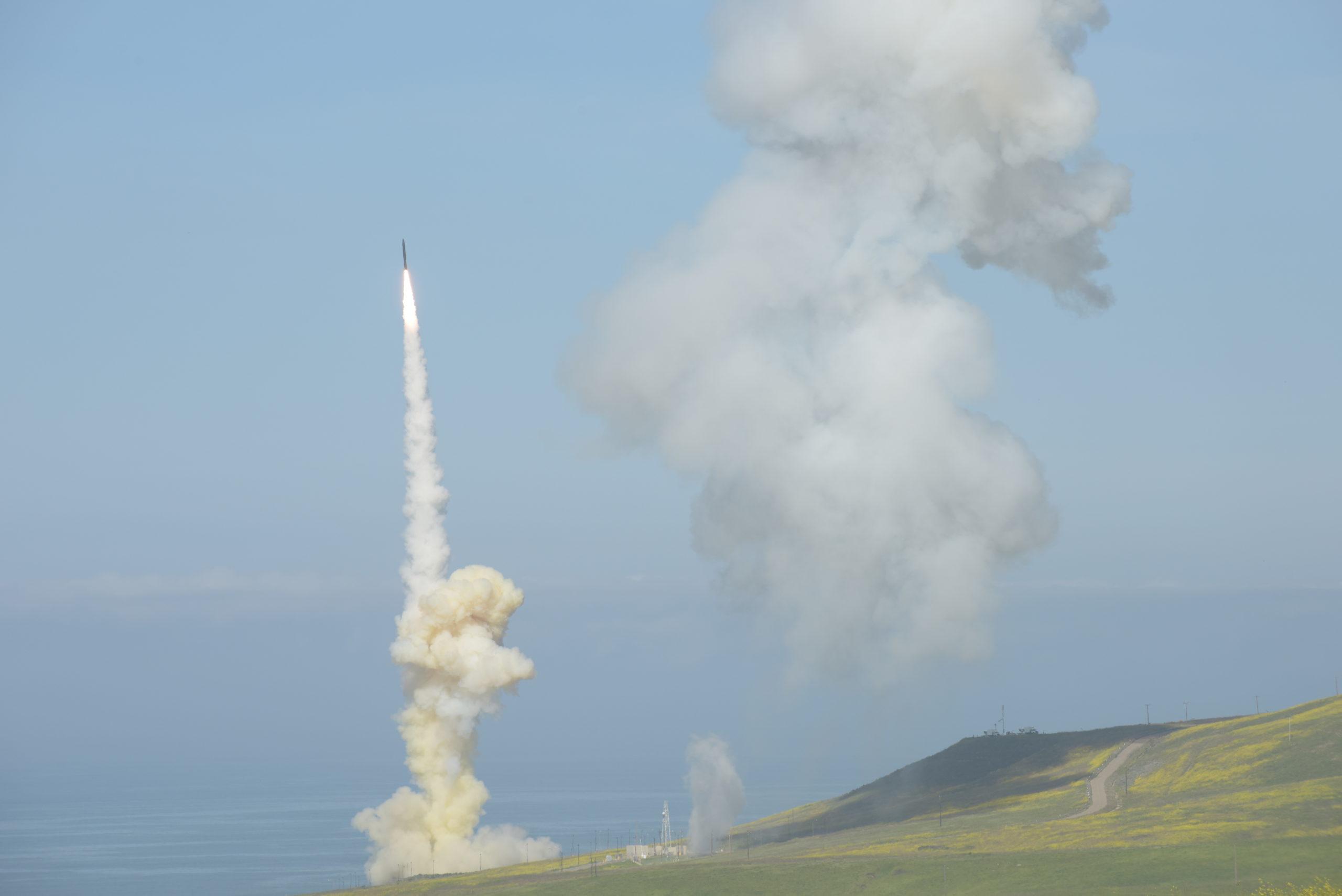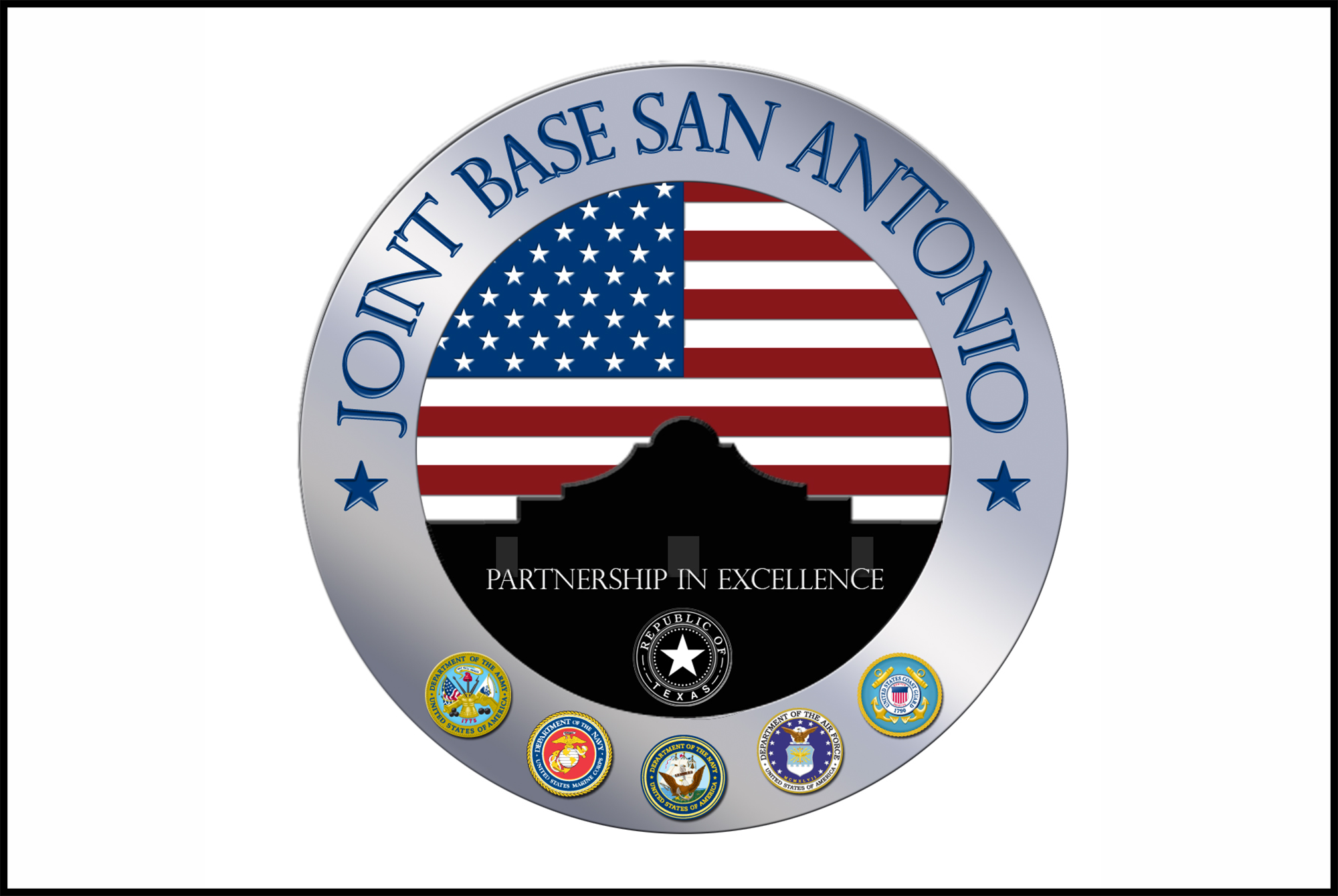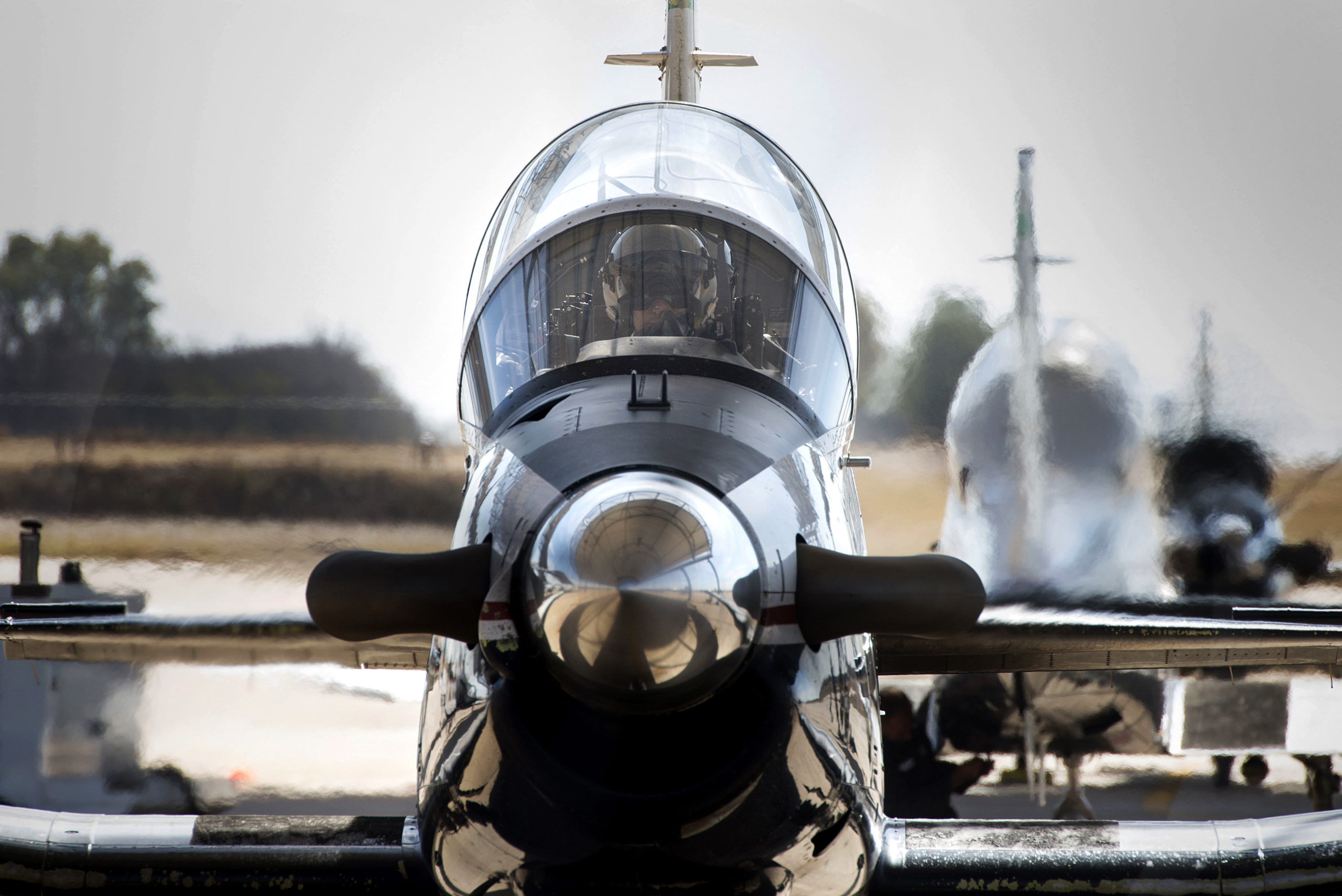President Joe Biden said the U.S. will “respond accordingly” if North Korea continues to escalate following the March 25 test launch of two short-range ballistic missiles, which he said violated a United Nations resolution.
During his first press conference in office, Biden said the test launches show that North Korea is the top foreign policy crisis the U.S. faces. His administration is consulting with allies, and he is “prepared for some form of diplomacy, but it has to be conditioned upon the end result of denuclearization,” he said.
The two missiles were fired at 7:06 a.m. and 7:25 a.m. on North Korea’s eastern coast, and flew about 450 kilometers before landing in the sea, the Associated Press reported.
“This activity highlights the threat that North Korea’s illicit weapons program poses to its neighbors and the international community,” U.S. Indo-Pacific Command spokesperson Capt. Mike Kafka told the AP.
The test comes just one day after North Korea launched two presumed cruise missiles into the sea to its west.
North Korea has traditionally ramped up its missile activity in the early stages of a new White House administration. The Biden administration is undergoing a review of the North Korea policy, which could include the resumption of exercises with South Korea.
A senior administration official said March 23 these exercises are “necessary” and that stopping them was “antithetical to our position as the keeper and the maintenance of peace and stability on the Korean Peninsula and in Northeast Asia.”

